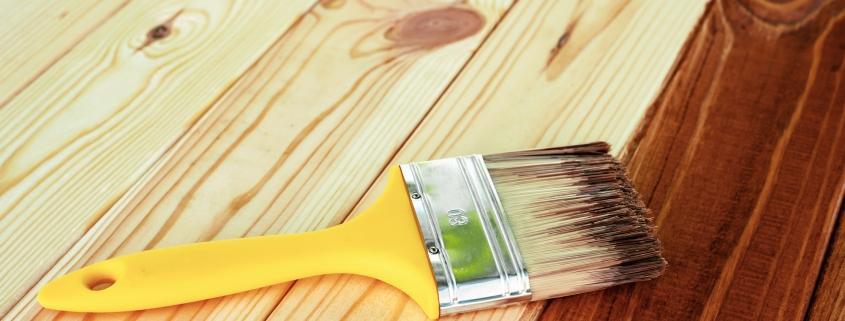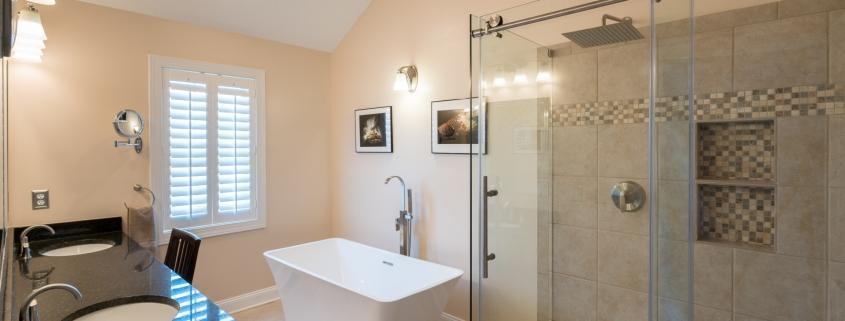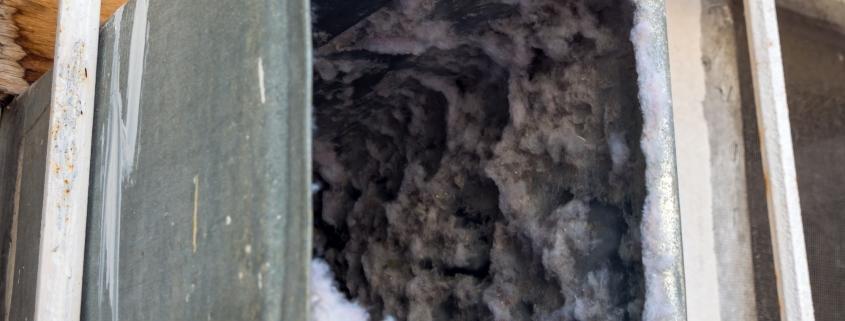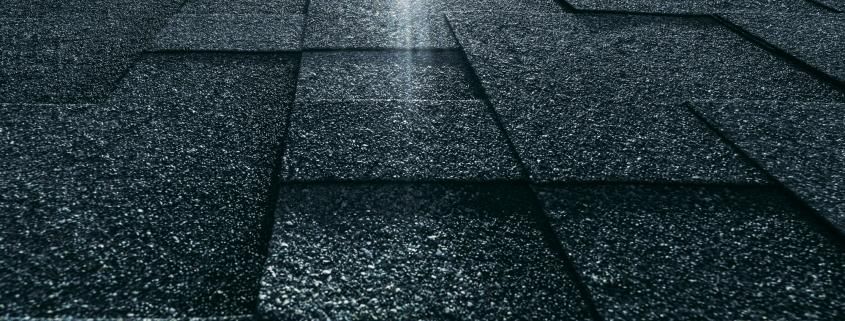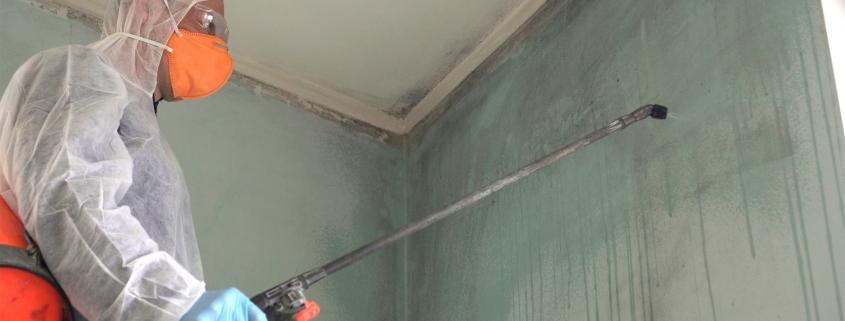Masonry Landscaping Projects for Your Home
Masonry is the craft of working with stone, brick and concrete to build structures like chimneys, walls, patios and fire pits. It also encompasses the landscaping features made from these solid materials, called hardscaping.
Ideally, landscape masonry should seamlessly integrate with the natural and existing elements of your yard. Here are five ways masonry can enhance your outdoor living experience:
Pavers
Adding pavers to your property will not only improve the look of your home but also increase its value. It’s a great way to bring in more visual interest to your landscaping design and give it a high-end feel that will make it even more livable after the sun goes down.
If you decide to do this project yourself, it is recommended that you purchase a few essential tools like a rubber mallet for tapping the pavers into place and a circular or diamond-bladed saw to cut the pavers to size. Other necessary tools include a plate compactor and a rake.
Before you start laying the pavers, excavate the installation area. Spaces that will only be used for foot traffic require 4-6” of base material, while driveways or projects in wet soil need more like 12”. Using stakes and string to mark out the work area helps gauge the slope’s degree. If the slope is too steep, you will need to install a retaining wall to level the installation area and prevent soil erosion.
Next, spread and compact the base material. Use a rake and a plate compactor to achieve the desired thickness, and make sure that the slope is consistent throughout the installation area. Then, install a layer of sand on top of the base. This is important, as sand fills in the gaps between pavers and prevents them from shifting.
Bricks
Brick is a durable building material and can be used in a variety of projects. Brick walls can be used to enclose patios, pools, and gardens. They are also used for fireplace surrounds, walls and other interior masonry. Bricks are available in a wide range of colors and textures. They can add a rustic or modern feel to any space.
Before starting to build a brick wall, it is important to prepare the site. This includes making sure it is level and plumb. It is also important to choose the proper type of brick for your project. There are two main types of brick: engineering and facing. Engineering bricks are made with precise specifications for weight distribution and tensile strength. Facing bricks, on the other hand, are more focused on appearance and texture.
When installing a brick wall, it is best to use running bond. This means that each course of brick should be set a half brick back from the previous course. This will help to create a straight wall and ensure that the mortar joints are spaced correctly. It is also important to use mason’s blocks and line at the ends of each course. This will help to keep the wall straight and make it easier to cut.
When working with brick, it is essential to wear a dust mask. Mortar mix can contain lime which can irritate your lungs if inhaled. It is also important to protect your skin from contact with the mortar and to wash your hands after touching it.
Stone
There are many different types of stone and each offers a unique look that can complement your design style. A masonry contractor can help you choose the right materials for your project and layout. For example, a brick walkway may be more suitable for high traffic areas than a bluestone walkway.
Masonry stones can be used for sidewalks, patios, and driveways to add a touch of elegance and sophistication to your home. They can also serve a functional purpose by defining your garden, lawn, and driveway space and reducing debris, dust, and runoff. They are available in a wide range of textures, colors and surfaces with load-bearing capacities and permeable finishes to reduce runoff.
Before installing any stone veneer, make sure the surface is clean and free of dirt, paint, and other residues. If you are covering an existing wall, you can apply the stone directly, but any new installation requires a sheathing of metal lath. If you’re installing on a wood surface, a weather-resistant vapor barrier must be installed first.
Prepare the surface for the veneer by applying a scratch coat of mortar that’s composed of two parts washed sand and one part Portland cement. While this mortar mix is still soft, scrape horizontal grooves into it with a metal scraper and let the scratch coat dry for 24 hours.
Fire Pits
This easy DIY project combines face brick and firebrick to create a circular fire pit that’s ideal for seating up to four people. Because regular brick can crack at high temperatures, use firebrick (also called refractory) to line the inside of your DIY outdoor fireplace. For the outside of the pit, use a type of face brick that has holes (“cored”) in it. You can buy it in various sizes at home centers and brickyards.
First, dig a hole for the pit that’s at least 7″ deep and make sure it’s completely round by tracing the circle on the ground with a stake or garden hose. Fill the hole to almost ground level with gravel, lava rock or sand. It’s important to avoid flammable materials such as pea gravel and compressed concrete blocks, which can trap moisture that turns to steam and explodes. Instead, use non-porous materials that don’t retain moisture such as sand or lava rock.
Whether it’s building stone stairs that align with your home or adding outdoor fireplaces that become the focal point of social gatherings, masonry is synonymous with creating a sense of permanence on one’s property. From constructing retaining walls to stabilize hillsides to laying paver patios that serve as the centerpiece of our landscapes, masonry is the perfect complement to any home.



